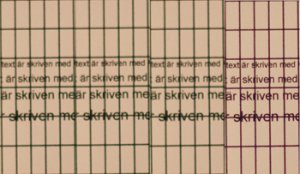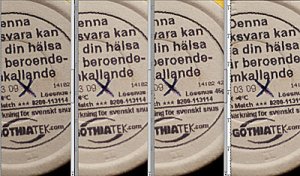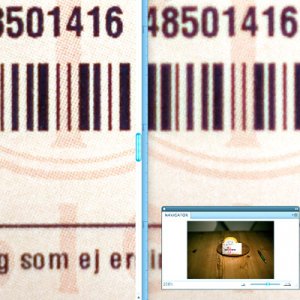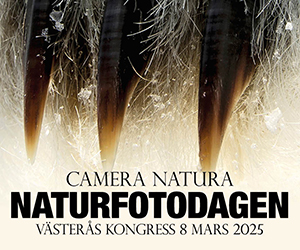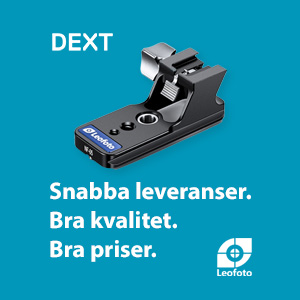En intressant jämförelse och delvis förklaring till det vi ser, eller rättare sagt det jag såg i mina första tester (...tror jag), se inlägg #278. Ursäkta lång läsning och flera inlägg på rad
Följande finns att läsa i Canons White Paper för 50d/5DMkII:
“While only 9 AF points are visible through the viewfinder, all can be revealed using ZoomBrowser or ImageBrowser software. Among the six Assist AF points, the top and bottom points at the center are vertical-line sensitive with lenses featuring f/2.8 or brighter maximum apertures, while all other points are sensitive at f/5.6 or righter. Focusing is started using the f/5.6, horizontal line-sensitive central sensors with individual pixels arranged in a zigzag pattern for improved extreme defocus detection.When focusing is nearly achieved (and when using an f/2.8 or brighter lens) focusing is handed off to the f/2.8 sensitive vertical line sensors.”
Se även bilden i White Papers, sidan 31 på följande länk
http://www.usa.canon.com/uploadedimages/FCK/Image/White Papers/EOS 50D and 5D Mark II WP.pdf
Nedanstående kan också läsas i White Papers avseende ljuskällans påverkan på AF beräkningen
“As on the EOS 50D, the EOS 5D Mark II’s AF system is sensitive to light levels as low as EV -0.5, and capable of locking on to a moving subject and tracking it across the diamondshaped AF area. Improved precision over previous AF systems stems from each camera’s ability to adjust for different light sources while calculating focusing distance. Here’s how it works: during Phase Detection AF, the AF engine rapidly measures the density of horizontal and vertical details in a scene and the camera processor uses this data to determine where the sharpest edges and details are located.When found, the AF is locked on target. But under fluorescent lighting and some other artificial lighting sources, a rapid, imperceptible flickering of the light occurs along with sudden color temperature shifts. These tend to throw off the density measurements and therefore the accuracy of the AF calculations. In both
the EOS 50D and EOS 5D Mark II, the type of lighting is taken into effect, and readings are averaged and processed with the help of the super-fast DIGIC 4 Image Processor. The result is improved AF accuracy and speed when shooting under lighting conditions that could fool the AF systems found on earlier Canon and competitive models alike.”
När jag då började undersöka hela bilden som jag använt i min test så stod det klart att de extra punkterna som används vid f2,8 eller bättre faktiskt inte hamnade på det objekt som jag ville ha fokus på. Den översta punkten var OK men den understa hamnade på skrivbordet, framför förpackningen.
Att detta faktum sen påverkar AF algoritmen kan man utgå ifrån. Dessutom använde jag lysrör som belysning…

